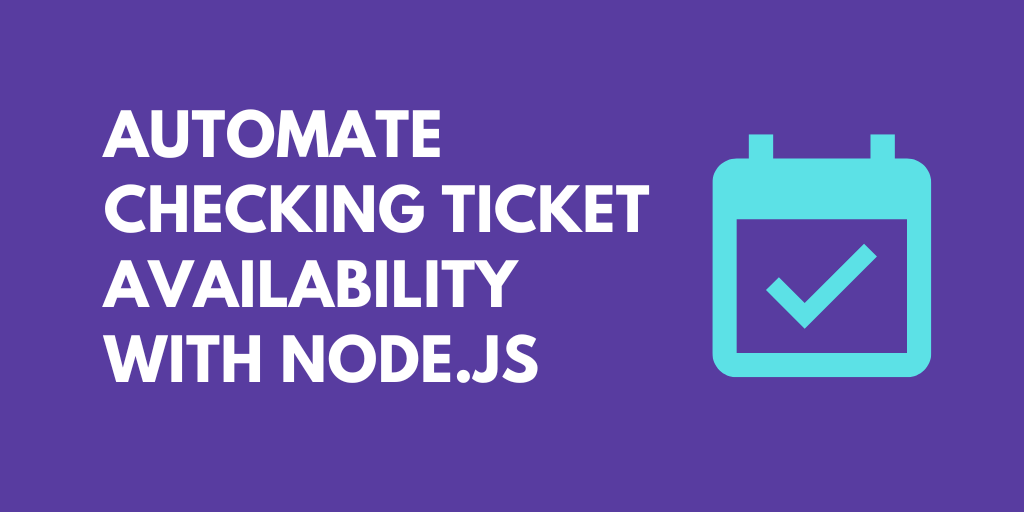What do you want to automate
with Dart and Node?
Prompt, edit and deploy AI agents that connect to Dart, Node and 3,000+ other apps in seconds.
Trusted by 1,000,000+ developers from startups to Fortune 500 companies
Popular Dart and Node Actions#
Record a new doc that the user intends to write down. This will save the doc in Dart for later access, search, etc. By default the created doc will be in the Docs folder. More information can be included in the text. See the documentation
Write custom Node.js code and use any of the 400k+ npm packages available. Refer to the Pipedream Node docs to learn more.
Move an existing doc to the trash, where it can be recovered if needed. Nothing else about the doc will be changed. See the documentation
Checks for an existing task within a dartboard using the 'task-name'. If it doesn't exist, a new task is created. See the documentation
Connect Dart#
import { axios } from "@pipedream/platform"
export default defineComponent({
props: {
dart: {
type: "app",
app: "dart",
}
},
async run({steps, $}) {
return await axios($, {
url: `https://app.itsdart.com/api/v0/users`,
headers: {
Authorization: `Bearer ${this.dart.$auth.api_key}`,
"Accept": `application/json`,
},
})
},
})
Overview of Node#
Develop, run and deploy your Node.js code in Pipedream workflows, using it between no-code steps, with connected accounts, or integrate Data Stores and File Stores
This includes installing NPM packages, within your code without having to manage a package.json file or running npm install.
Below is an example of installing the axios package in a Pipedream Node.js code step. Pipedream imports the axios package, performs the API request, and shares the response with subsequent workflow steps:
Connect Node#
// To use previous step data, pass the `steps` object to the run() function
export default defineComponent({
async run({ steps, $ }) {
// Return data to use it in future steps
return steps.trigger.event
},
})Community Posts#
